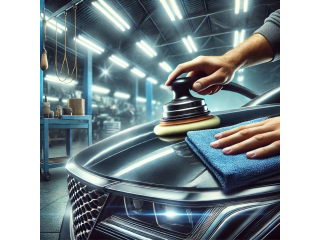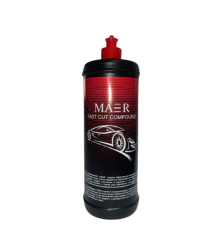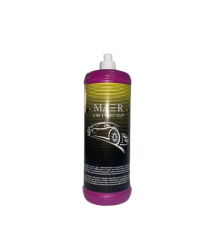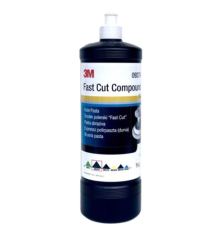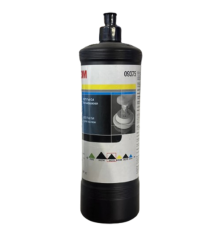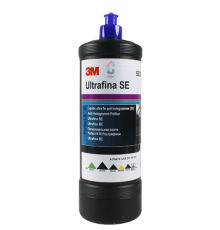Polishes have become essential for anyone who cares about the appearance of their car or other smooth surfaces. They add shine, protect against external elements, and restore the original look of the surface. In Kazakhstan and Russia, polishes are particularly relevant due to the climate conditions and road quality, which often leave minor defects and dirt on car bodies and other surfaces. In this article, we’ll explain why polishes are needed, how to apply them properly, the different methods of application, and a detailed look at their pros and cons.
Why Are Polishes Needed?
The main purpose of polishes is to enhance the appearance and protect the surface. Polishes fill micro-cracks, remove minor scratches, and add shine. Some polishes also have water-repellent properties, protecting against moisture, dirt, and salt – which is especially important in Russian and Kazakh winters. Key functions of polish include:
- Surface Protection – Polishes create a protective layer that helps prevent new scratches, UV exposure, and moisture and dirt penetration.
- Improving Appearance – Polish restores the shine and brightness of the coating, making it look nearly new.
- Preserving the Coating – Some polishes have long-lasting effects, keeping results intact for several months.
Application Methods
To achieve the best results from polish, it’s essential to follow proper application techniques. Here are the main steps:
Surface Cleaning – The surface to which polish is applied should be clean and dry. This allows the polish to adhere better and prevents streaks.
Applying Polish – Polish is applied using a soft sponge or microfiber cloth, or with a polishing machine. Apply polish in circular motions to ensure even coverage.
Polishing – After applying, allow the polish to settle (usually 5-10 minutes), then buff the surface to a shine with a clean microfiber cloth or special polishing equipment.
Removing Residue – It’s important to thoroughly remove all polish residue to prevent stains and streaks. At this stage, the surface achieves its final shine.
Application Methods
Polishes are not only used in the automotive sector. They can be applied to a variety of smooth surfaces:
- Automobiles – Body polishes protect and restore paintwork, removing minor scratches and preventing their formation.
- Headlights and Glass – Polishes can also be used to restore the clarity of headlights and protect glass from dirt.
- Furniture and Appliances – Wood and plastic polishes preserve the appearance of furniture and appliances, protecting them from wear and dust.
- Motorcycles and Bicycles – Polishes help maintain shine and protect the metal and plastic elements of vehicles from dirt and environmental exposure.
Areas of Use
Thanks to their protective and restorative properties, polishes have found applications in various fields:
- Car Wash and Auto Service – Used for professional treatment of car bodies and other parts, giving them a new look.
- Household Use – Polishes are also used in everyday life to care for furniture, appliances, and other surfaces that need protection and restoration.
- Manufacturing and Industry – Polishes are used in production to treat finished products, giving them a protective shine.
Pros and Cons
Polishes have several advantages and disadvantages that should be considered before use.
Pros:
- Protection from External Effects – Polishes create a protective layer that prevents damage from dirt, water, and UV rays.
- Elimination of Minor Defects – Polishes fill minor scratches and cracks, making the surface smoother and shinier.
- Shine Enhancement – A polished surface looks brighter and more attractive.
- Durability – Some polishes provide long-lasting protection, lasting up to several months.
Cons:
- Requires Preparation – To achieve the desired effect, the surface must be thoroughly cleaned, requiring additional effort.
- Doesn’t Remove Deep Damage – Polishes are effective only for minor scratches; deep scratches require other restoration methods.
- Temporary Results – Although some polishes offer long-lasting protection, the effect diminishes over time and requires reapplication.
Conclusion
Polishes are an essential tool for maintaining smooth surfaces, not only enhancing the appearance of cars but also protecting the surface from external influences. Whether used in the automotive industry, in the home, or in manufacturing, polishes help keep surfaces in excellent condition, increasing their lifespan and adding brightness. In Kazakhstan and Russia, where climate conditions can negatively affect surface coatings, polishes are an integral part of care for any smooth surface.

